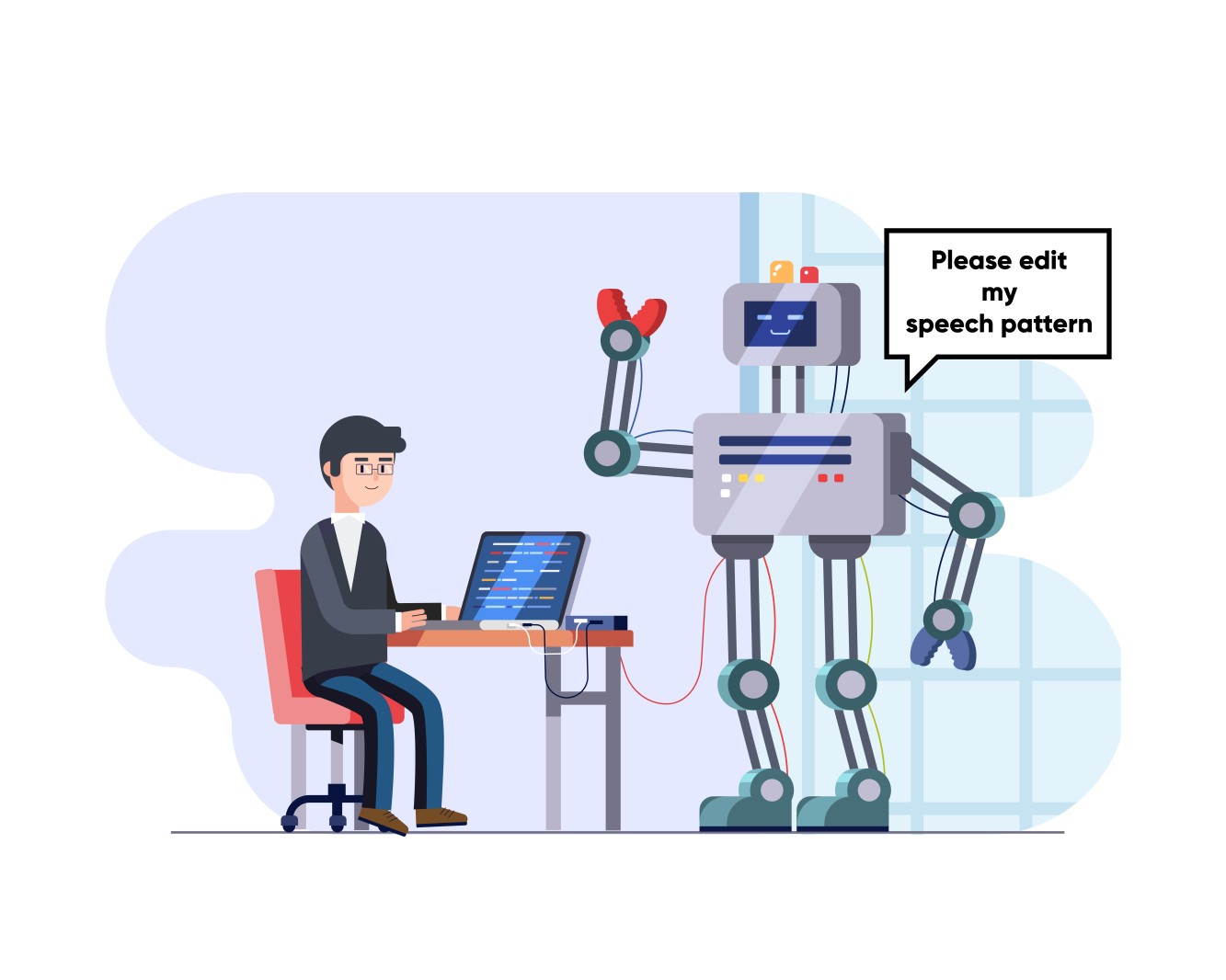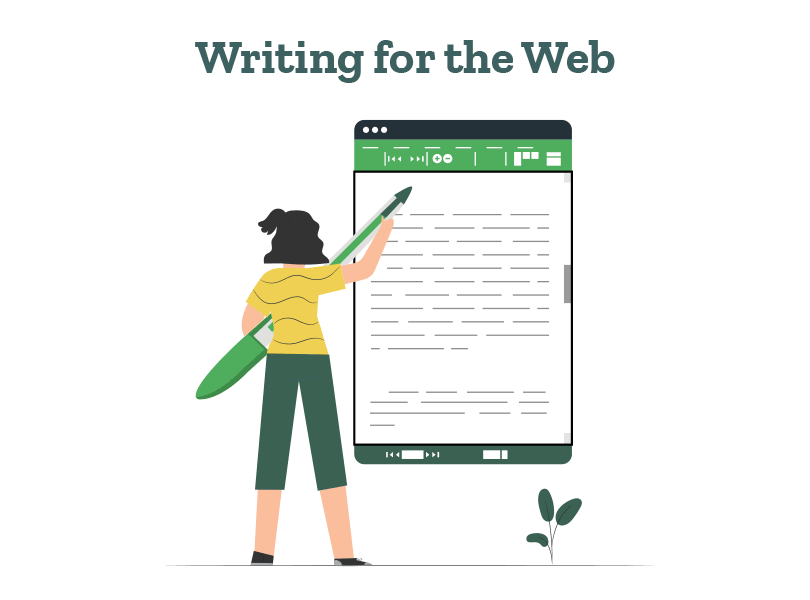Still have questions? Leave a comment

Checklist: Dissertation Proposal
Enter your email id to get the downloadable right in your inbox!
[contact-form-7 id="12425" title="Checklist: Dissertation Proposal"]
Examples: Edited Papers
Enter your email id to get the downloadable right in your inbox!
[contact-form-7 id="12426" title="Examples: Edited Papers"]Need
Editing and
Proofreading Services?

What is Syntax in Writing: Definition and Examples
 Nov 10, 2025
Nov 10, 2025 5
min read
5
min read
As a writer, you must have come across terms such as ‘syntax’ and ‘semantics’, which are important aspects of the writing process and necessary to produce a clean, well-written document.
Are you confused as to what syntax is and how to use it? Let our article function as a practical guide to help you understand the meaning and use of syntax in writing.
Have You Used Syntax Effectively in Your Manuscript? Check With Experts! Get Started
What is syntax in writing?
To put it very simply, syntax is the proper arrangement of words in a sentence to give it coherence and meaning. It is considered a component of grammar, which is the entire system of using a language correctly. It also works hand-in-hand with semantics, which is the use of logic in language, and ensuring the relationships between the words and phrases used make sense.
Syntax is an essential part of writing—the arrangement of words in a sentence makes a great impact on the clarity, tone, and meaning of a sentence.
An example of the incorrect use of syntax is as follows: She only wants to eat cake. Here, the meaning is unclear—does she only want to eat cake, or does she want to eat only cake, and nothing else? In this manner, the choice of word placement is very important when it comes to conveying the meaning of the sentence, and the incorrect use of syntax could lead to major communication errors.
Basic rules of English syntax
Syntax is the backbone of effective communication. Here are some basics you need to know:
1. Subject-verb order and agreement: Usually, subjects come first, followed by verbs, and they must ‘agree’ with each other—a singular subject means a singular verb, and a plural subject means a plural verb.
2. One idea per sentence: Keep sentences focused on a single main idea for clarity.
3. Adverbs and adjectives: Adjectives must be placed before the nouns they modify, while adverbs either precede or follow verbs.
4. Subordinate clauses: Dependent clauses are attached to independent clauses with the help of subordinating conjunctions like if, although, and because, or relative pronouns such as who, which, and that.
Core syntactic patterns (with examples)
Having a clear idea about core syntactic patterns and how they work will help you construct sentences and convey meaning more effectively. Here are the major pointers to keep in mind:
-
Subject → Verb (SV)
The most basic sentence pattern shows a subject performing a verb. The verb is intransitive and doesn’t need an object to complete its meaning.
E.g.
She writes.
-
Subject → Verb → Direct Object (SVO)
This syntactic pattern requires an object to add detail to the verb performed by the subject. The verb here is transitive and needs an object to complete its meaning.
E.g.
She built a bookshelf.
-
Subject → Verb → Subject Complement (Linking Verbs)
The subject is connected to a subject complement using a linking verb like seem, be, or become, which describes the subject.
E.g.
He is a writer. (noun complement)
The grass is green. (adjective complement)
-
Subject → Verb → Adverbial Complement
The adverbial complement completes the meaning of the verb by providing extra detail, such as time, place, or manner. Removing them leaves the sentence looking incomplete.
E.g.
The meeting happened in the morning.
- Subject → Verb → Indirect Object → Direct Object (SVIDO)
This pattern uses an indirect object (receiver) and a direct object (what is given).
E.g.
I sent my mother a letter.
-
Subject → Verb → Direct Object → Object Complement (SVOC)
An object complement is used, which provides further information about the object.
E.g.
She painted the house yellow.
-
Subject → Verb → Direct Object → Adverbial Complement (SVDOAC)
Here, the direct object is followed by an adverbial complement whose role is to complete the meaning of the verb. It tells us where, when, or how the action occurred.
E.g.
She placed her glass on the nightstand.
Sentence structures you’ll actually use
Mastering sentence structures can elevate your writing. Here are the different types of sentences:
1. Simple sentences: In a simple sentence, one independent clause conveys a single, straightforward idea.
E.g., The sun sets in the west.
2. Compound sentences: A compound sentence is essentially made of two shorter sentences joined by a conjunction (and, but, or) or a semicolon.
E.g., I wanted to go out, but it started raining.
3. Complex sentences: Complex sentences are those that use subordination (if, although, because) to add further nuance.
E.g., Because it was her birthday, I baked her a cake.
4. Compound-complex sentences: Compound-complex sentences mix sentence structures to create longer, more impactful sentences.
E.g., I put on my shoes to go out, but I saw it was raining, so I took them off.
Style tip: Use different sentence structures to avoid monotony and to maintain an engaging rhythm.
Syntax vs. related concepts
Here’s how syntax differs from related concepts such as grammar, diction, and semantics:
1. Syntax vs. grammar: Grammar encompasses all the rules that govern the functioning of a language, whereas syntax deals with word order and sentence structure.
2. Syntax vs. diction: Diction refers to word choice, whereas syntax deals with word order.
3. Syntax vs. semantics: Semantics deals with the meanings of words and languages, whereas syntax deals with the order of words and sentence structure.
To put it simply, syntax works well with grammar, diction, and semantics to provide a strong and coherent language framework.
What are syntax errors and how to fix them
Syntax errors can ruin even the best writing. Some common errors are as follows:
1. Fragments and run-ons: Incomplete sentences or comma splices can ruin the flow of your sentence. To fix this, add punctuation marks or split the sentence into two.
E.g., I went to the shop and bought soap. → I went to the shop. I bought soap.
2. Misplaced modifiers: Misplaced words or clauses can confuse readers. Reordering them can improve the clarity of your writing.
E.g., Having studied all night, the test was easy → Having studied all night, I found the test easy.
3. Faulty parallelism: Inconsistent sentence structure can make for an irritating read. Instead, use parallelism for improved sentence flow.
E.g., I love drawing, painting, and to sculpt → I love drawing, painting, and sculpting.
4. Ambiguous word order: Misplacing words can lead to ambiguity in the sentence. Make sure to position them such that your meaning is clear.
E.g., I only eat dinner → I eat only dinner.
Quick fixes: Insert punctuation marks, reorder clauses, split the sentence, or add subordination to avoid syntax errors.
Syntax in literature (how authors use it for effect)
Syntax is a useful tool for authors looking to make an impact. Here are some commonly employed uses of syntax that create memorable writing:
1. Parallelism, antithesis, and chiasmus
The creation of memorable patterns using syntactical tools like parallelism, antithesis, and chiasmus makes for highly quotable writing.
I. Parallelism: The use of consistent grammatical structure for related ideas.
E.g.. He came, he saw, he conquered.
II. Antithesis: The use of opposing ideas in a single sentence.
E.g.. “We must learn to live together as brothers, or perish together as fools.” – Martin Luther King Jr.
III. Chiasmus: The inversion of the grammatical structure of a clause for added emphasis and effect.
E.g.. “Ask not what your country can do for you, ask what you can do for your country.” – John F. Kennedy.
2. Emphasis by fronting, inversion, and end focus
I. Fronting is moving an element to the beginning of a sentence for impact, eg. The cruise will start in 15 minutes. (Emphasis on ‘the cruise’.)
II. Inversion refers to reversing the order of the subject and verb, eg, Original: He had never seen such a beautiful view.
Inversed: Never had he seen such a beautiful view.
III. End focus refers to placing important information at the end of the sentence for increased impact, eg. The dog is sleeping in the kennel. (Emphasis on where the dog is sleeping.)
3. Tone and pace
Switching up tone and pace by interspersing long and short sentences creates an interesting reading rhythm and avoids monotony. Eg. I am the youngest child of my family. I was born rather late. My siblings—both of them—are considerably older than I am. I am spoiled in comparison.
Syntax in writing examples (mini clinic)
Here are some examples of how to use syntax correctly to elevate your writing:
1. Clarity pass: If something seems ambiguous, rewrite it to increase clarity.
E.g.,
Ambiguous sentence: The young men and women attended a ball. (It is not clear if only the men or both the men and women are young.)
Rewrite: The young men and young women attended the ball.
2. Style pass: Using the same sentence structure throughout a passage creates a boring and monotonous read. Switching up sentence structure improves the flow of the passage.
E.g.,
Monotonous passage: Bob was an ambitious builder. He had taken up many projects. He was successful and rich.
Rewrite: Bob was an ambitious builder. His many successful projects had made him rich.
3. Emphasis pass: Move key pieces of information to positions of stress to increase their impact and avoid them slipping the reader’s notice.
E.g.,
Lack of emphasis: The recent jewel heist at the Louvre shocked the world. The thieves made away with jewels that had belonged to royalty.
Rewrite: The recent jewel heist at the Louvre—resulting in the disappearance of jewels that had once belonged to royalty—shocked the world.
Practical tips to improve your syntax today
In addition to the technical tips provided above, here are some practical tips that will help you improve your syntax today:
1. Read your writing aloud to catch any places that sound clunky or lack clarity—by acting as your own first audience, you can further hone your work before you send it out into the world!
2. Use one idea per sentence to avoid long, clunky blocks of text that your audience is not going to read. This way, you can keep your paragraphs sleek, compact, and engaging.
3. Use active voice as much as possible for brevity and clarity. Using passive voice is like taking the long route when something can be explained in much simpler terms.
4. Place new or important information at the end to add weight and pack a punch to your write-up—otherwise, the reader’s attention tends to peter off by the time they cross the halfway mark.
5. Create parallel lists and balanced, corresponding pairs when drawing comparisons for easier understanding, eg, not only abc, but xyz also performs this function.
Now that you have the basics of syntax in place, go put your writing skills to use and create a phenomenal work of art! We at PaperTrue would be happy to help you check your work to ensure you have used syntax correctly. Happy writing!
Do you enjoy writing? PaperTrue offers expert, hassle-free book self-publishing services that allow you to get your work edited and published by professionals. Check them out!
Here are some more resources that may help you:






